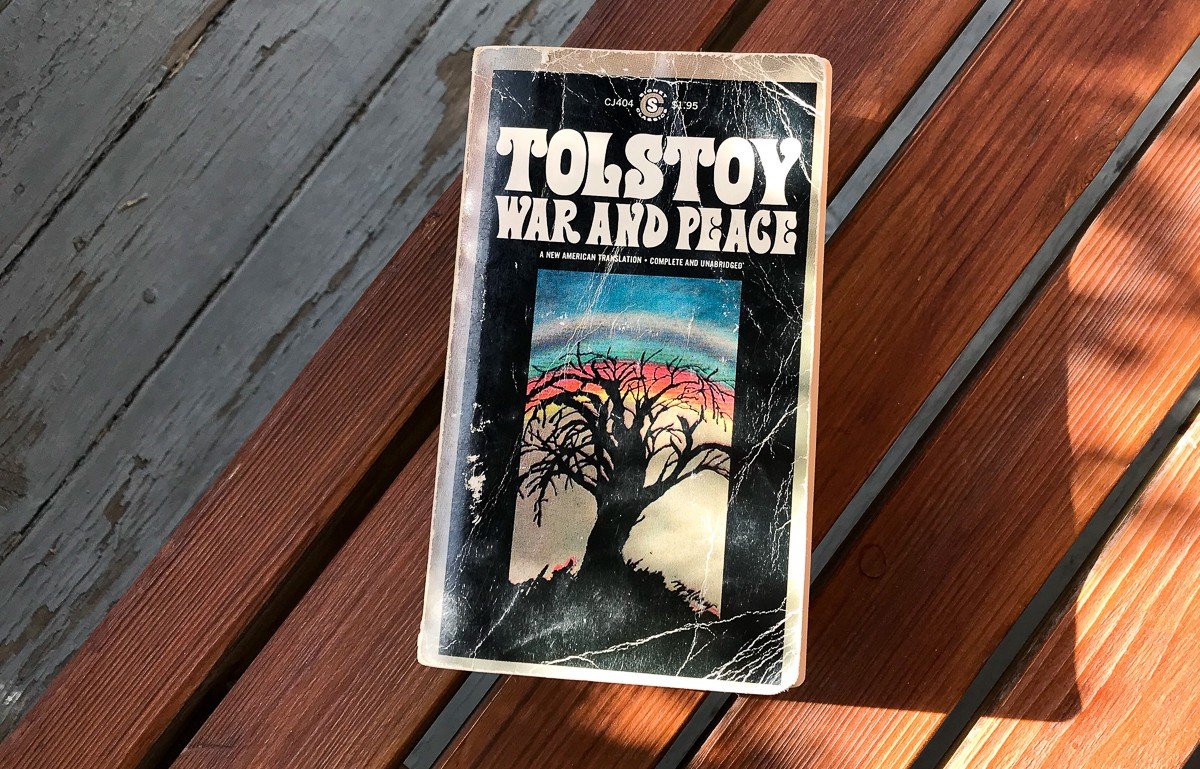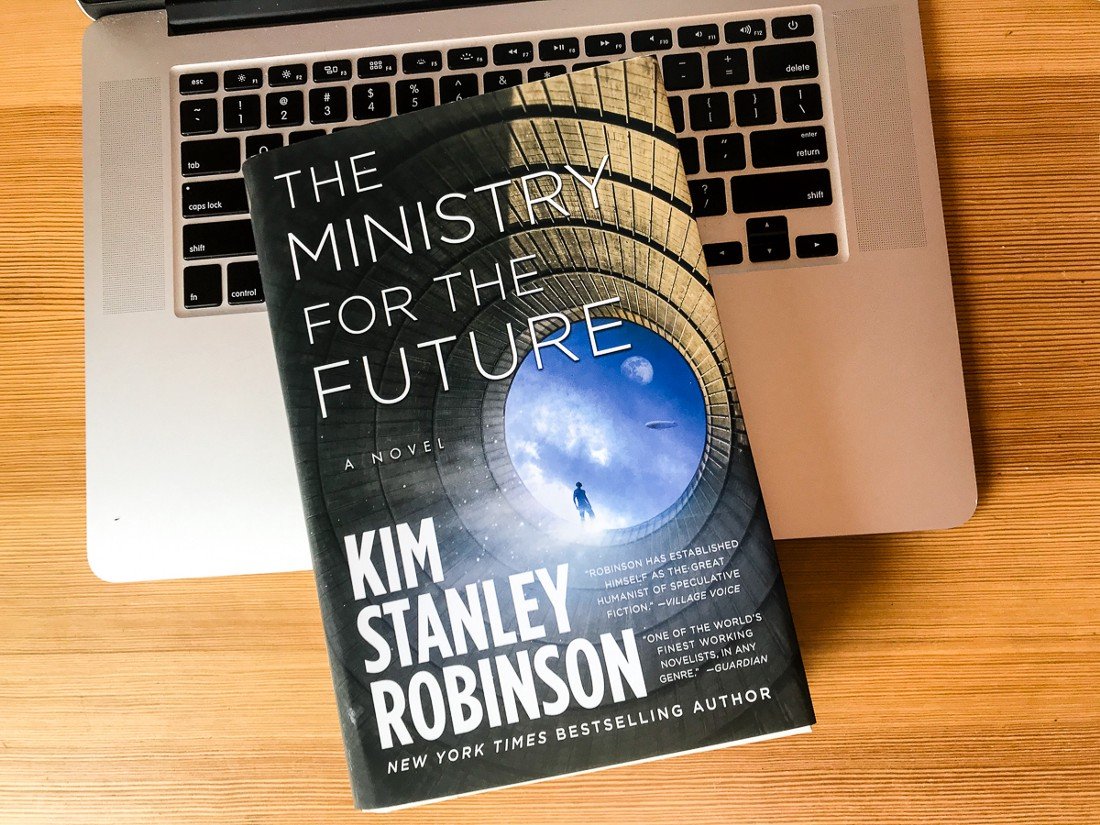BIG BOOKS AT BIG TIMES — Expanded New Edition!!!
In our months of Covid lockdown, my wife and I watch a movie or TV episode each night. We have the time. Streaming unfurls a wider world, far beyond the two of us. We’ve sailed through quarantine companioned by these vivid characters on our laptop screens. Some, we’ve already forgotten. Some will stay with us forever, held close with great affection.
A few nights ago we watched the charming Dev Patel in The Personal History of David Copperfield. The movie is light, joyful. Not a masterpiece but a fine evening’s entertainment.
The movie also reminded me of how much David Copperfield meant to me at a tender moment in my life. I wrote about the book in an NPR commentary when I turned 50. I’ve gone back to that little essay, and I realize it’s time to add another chapter — another book.
Here’s the original piece, which I read on Salt Lake City’s NPR station, KUER, in 2000.
Big books come at the big moments of my life, by choice and by chance…
It’s not an exaggeration to say that reading these books saved my life, rescued me from the maelstrom, from the loss of faith in the future — the sorrow that kills joy.
When I was 21 — finished with college, freed by my bad eyes from a terrifying trip to Vietnam, at loose ends and achingly lonely — Charles Dickens kept me among the socialized. I spent hours and days opening my heart to David Copperfield — sprawled in a thrift-store easy chair, the only furniture beyond a mattress on the floor of the single room I rented from college friends.
For thirty years I have tenderly carried this chunky paperback from house to house, from life to life. I haven’t reread David Copperfield. But it is the talisman of the very moment when I began adulthood, a souvenir of the yearning and promise and freedom of a poignant time long gone.
Here is the book, straight from my shelf, the 1962 Signet Classic edition, 880 yellowing pages, priced at 95 cents. After such intimate moments with these friends in the book, how could I ever give it away?
The book, of course, is about love. David’s love for Agnes and the reader’s love for the vitality of these people made me believe that real love was possible.
The book made me cry. Tears for the enduring emotion of the characters, and tears for myself, for the mystery held by my unknown future — a life stretching before me like — what else? — a big unread novel.
A few years later, I found myself in need of another big book. Freshly and painfully divorced, I sat outside my sublet apartment in Flagstaff, Arizona, leaning into the healing winter sun. I remember the moment, the purposeful decision, to open War and Peace and begin reading what I had always heard was the greatest of all novels. I knew this was the time to read these 1455 pages. Here is the book, with me still, another Signet Classic, so thick it approximates a cube. 1968 edition, fourth printing. $1.95. The price had gone up a little, but this was still remarkably inexpensive therapy.
At thirty, I’d grown up some. I’d been tempered by commitment and love and loss. Nothing like Prince Andrei and Natasha and the rest of Tolstoy’s larger-than-life characters. But in this book of life and love and death, I found solace. Just another poor soul in the river, I could handle a darker world than Dickens, but I still wanted to disappear into the old-fashioned narrative, the richness and texture and passion of the grand epic.
I did heal. I moved and searched and lived — and eventually settled in to a stable life, with a family and a lifework and a community. That’s where I am now, right now. Here, in Salt Lake City, Utah, where I’m turning fifty this week and by all rights should be contemplating a mid-life crisis.
Luckily, I feel no need to revolt. My life still feels rich and fresh — even with the nagging, bittersweet sense that this year is the top of the arc.
I didn’t choose a big book from need but nevertheless find myself lost in one on the eve of this significant birthday. Perhaps unconsciously, I knew this was appropriate. And this time it’s a contemporary novel, Mark Helprin’s A Soldier of the Great War. It’s been on my bookshelf for years, a mass-market paperback that came highly recommended. I started it, loved it, set it aside, then pressed it into the hands of my mother-in-law. I wanted to replace the compact copy with the trade paperback, a full two pounds of paper, the size and heft of which seem to better match the accumulation of belongings and responsibility and sheer life that I carry with me after fifty years of living.
It’s another saga about life and death. It’s romantic, and philosophical, and, in the end, fiercely hopeful. More than anything, like all the big books that have moved me — Doctor Zhivago, The Once and Future King, Lonesome Dove — it’s a book about love.
My copies of David Copperfield and War and Peace are aging, but pristine. In those days, I didn’t underline my books. Today, I do. I’m more willing to wrestle with the angels and even more likely to forget the good lines. I want to say them over again. And I want to be able to find them.
These days, with school-age children, I don’t have the luxury to read for hours and hours, living inside the book. I read, with luck, for a half-hour each night at bedtime.
Tonight, on page 444, Alessandro Giuliani, The Soldier of the Great War himself, speaks into the face of death, on the eve of his scheduled execution — at twenty-seven. He talks about the simple transcendence of a mother embracing her child, of music, of the wind. He talks about love.
This is what big books give us at wavering moments. The strength of a story, the power of the book, the reassurance of our shared humanity.
I scrawl a thick pencil line next to this paragraph. Suffused with tranquility, Alessandro quits talking. And then both Alessandro and I roll over and go to sleep.
Now, I’ve turned 70, an astonishing fact. No matter how healthy I am now, no matter how long-lived I might be, I’m heading downslope on that arc I wrote about 20 years ago.
David Copperfield in his latest streaming incarnation on my laptop screen reminds me that this is another big time that demands big books, not just because of my milestone age but because of the skein of unsettling shiftings in the world.
When I look into the future, I’m not dreaming of infinite possibilities for myself. I’m thinking more about my adult kids and their lives. About their unimaginable future and the perilous state of the planet itself.
Living through the pandemic in my 70th year puts my milestones in perspective. The global outweighs the personal this year.
When lockdown life began for all of us in March 2020, my wife and I isolated ourselves at our place in southern Utah, far from Coronavirus hotspots. I’ve had time to read big books. This time, it’s Kim Stanley Robinson’s The Ministry for the Future.
I chose to live within these 563 pages because Robinson’s sprawling tale looks ahead. I’m looking for guidance, for ideas, and for hope — at a time when we often peer into the future with despair. The book matches my mood. I feel serious. This book asks me to look into the abyss — and to not look away.
The author imagines how we will cope with climate change in the next forty years. He calls his book “a baggy monster.” It’s apt. Robinson has crammed everything in here, from economic theory to intellectual riddles to the emotional journey of his protagonist, Mary Murphy. Her life is her job — directing the United Nations agency in charge of advocacy for the citizens of the future. In the face of the climate catastrophe, Murphy takes enormous risks. Many pay off. The future will be a grim challenge and a grand adventure.
We already live in this future.
Atmospheric scientist Paul Crutzen coined the term Anthropocene to capture his realization that humankind has changed the earth on a geologic scale. For the first time, we are living in a human-driven world, where our actions shape the planet and its systems at an ever increasing rate. Over millions of years, climate change has taken the earth through greenhouse and icehouse eras, but now it’s our own actions precipitating change — at lightning speed.
Scientists peg the beginning of this “Great Acceleration” into the new geologic era at 1950, the year I was born. I’m the same age as the Anthropocene — and I want to understand what this means. And so, just as I turned to literature to illuminate my emotional life at 21, 30, 50, I return to the brilliance and stimulation of words on paper to ponder my future at 70.
Robinson concludes with hope. There is no other choice. He ends by saying “that there is no other home for us than here. That we will cope no matter how stupid things get… That the only catastrophe that can’t be undone is extinction. That we can make a good place. That people take their fate in their hands. That there is no such thing as fate.”
It’s not the utopia we dreamed of, but it’s the future we’ve created. And I’m sticking with Kim Stanley Robinson. No matter what,”we can make a good place.” There is no alternative.
When I turn ninety — in yet another big moment — I’m looking forward to yet another big book. Check back here in twenty years for my update.
Salt Lake City writer and photographer Stephen Trimble turned seventy on October 30, 2020.





